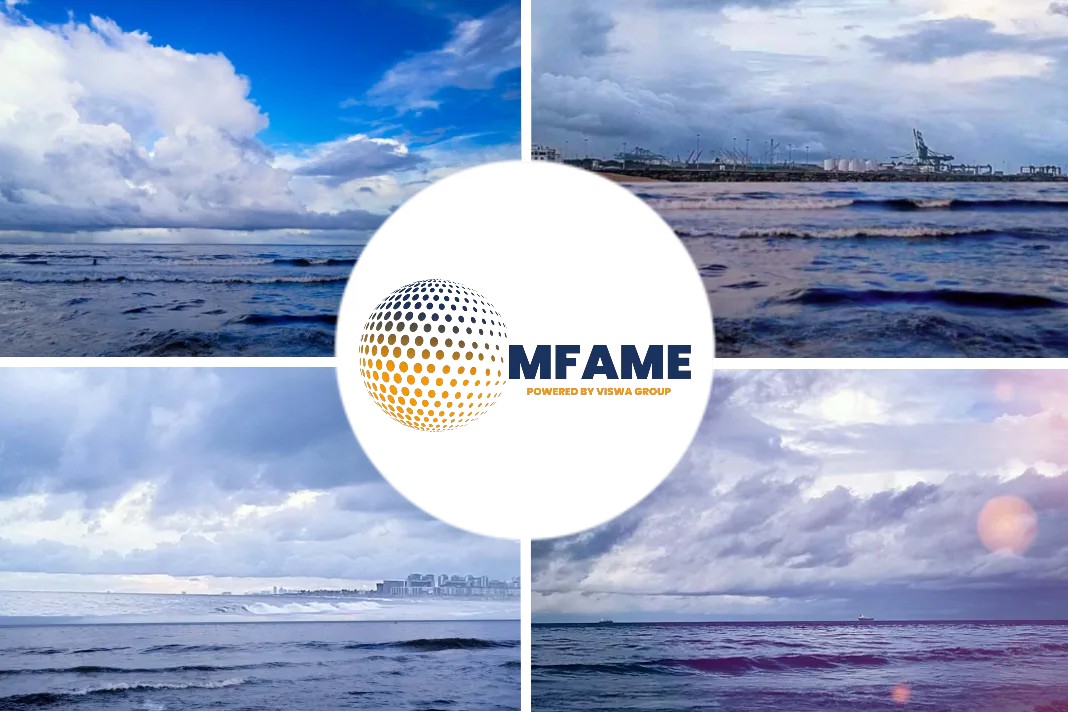- Slow Mill wave pilot project, invented by Erwin Croughs, saw the installation of five or six Slow Mills to potentially create a wave energy farm.
- The project consists of six partners; Slow Mill, Rotec, Ingenieurs Bureau Rotterdam, Deltares, NIOZ, and Innnoship.
- The project aims to connect a 400 kW Slow Mill prototype to the Texel grid and tests will be conducted in the Delta Basin.
According to an article published in Safety4Sea, the planning stage for the installation of a wave energy farm prototype has been reached on the island of Texel in the Netherlands.
Slow Mill wave
As part of a research project aiming to make the island more sustainable through wave energy. The Slow Mill wave pilot project, invented by Erwin Croughs, sees the installation of five or six Slow Mills and potentially create a wave energy farm.
The project consists of six partners; Slow Mill, Rotec, Ingenieurs Bureau Rotterdam, Deltares, NIOZ, and Innnoship. The collaboration began the initial research and engineering of the first phase of a two-and-a-half-year project, March 2018, aiming to connect a 400 kW Slow Mill prototype to the Texel grid.
Yet, no certain effect of a wave energy farm on the wave field and the coast of Texel can be projected and thus, Deltares is currently examining different configurations in order to demonstrate such effects.
Tests to be conducted in Delta Basin
The tests, in particular, will be conducted in the Delta Basin with five 1:24 scale models that will be set up in three different layouts with different wave angles. Wave heights in front of and behind the configuration will be measured for each wave angle and layout.
Deltares, who is using a 1:8 scale model to test the power of the waves delivered to the Slow Mill, is in fact provided with an indication of the effect of various wave energy devices on the wave field due to the relationship between the sets of wave heights. Through the use of such findings for a quantitative study, it is possible to estimate the probable effects on the coast associated with the scaling up of the number of wave energy devices.
Co-financed by Wadden Fund
The results of the analysis of the test, which is being co-financed by the Wadden Fund will be published during the next year. Moreover, tests aiming for the optimization of the blade of the Slow Mill are also being carried out in the Delta Flume.
The project leader at Deltares, Jan Kramer, highlighted the importance of establishing the effects on the locality associated with upscaling for the development of wave energy and further stated that, “It is interesting to look beyond the main function of wave energy devices, the ‘harvesting’ of energy from waves. Studying the effect of multiple wave energy devices on the locality makes it possible to identify possible locations and opportunities for nature, the economy and/or leisure activities. Where the wave energy park damps the waves, smart combinations can be developed with other infrastructure near the coast or further out at sea such as offshore wind farms. That makes it possible to look for win-win situations and combine the energy challenge with other social challenges“.
Did you subscribe to our daily newsletter?
It’s Free! Click here to Subscribe!
Source: Safety4Sea

















